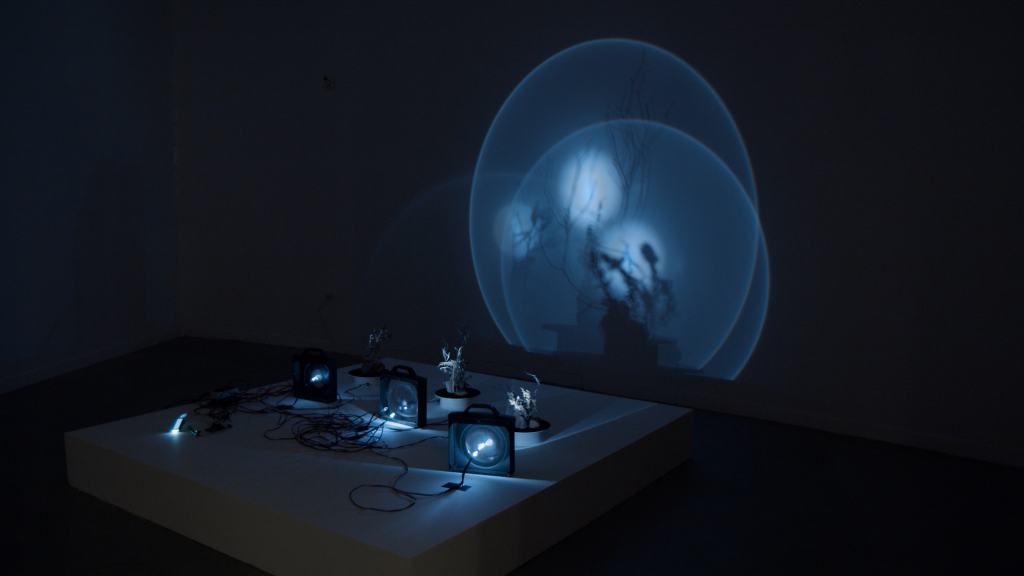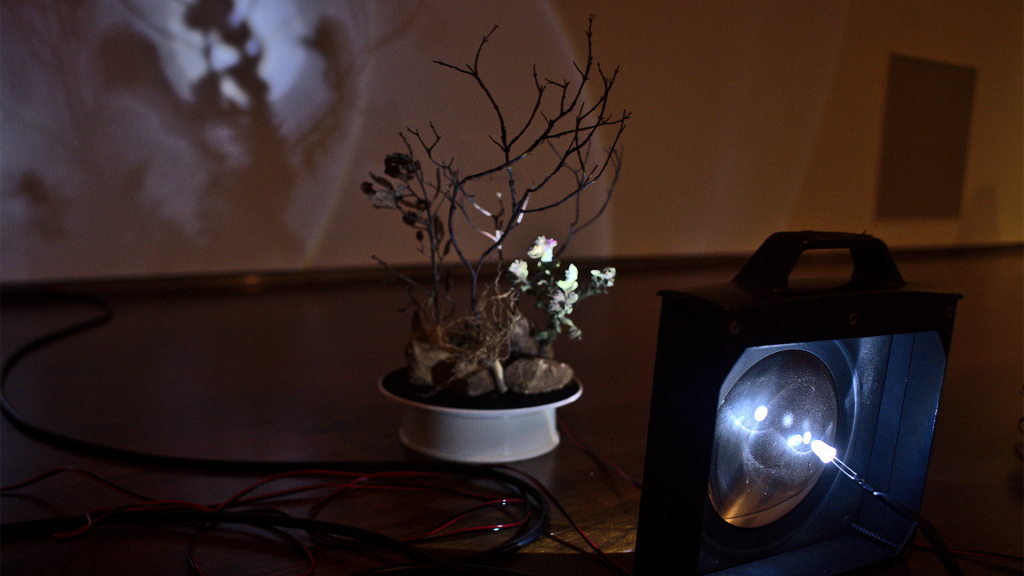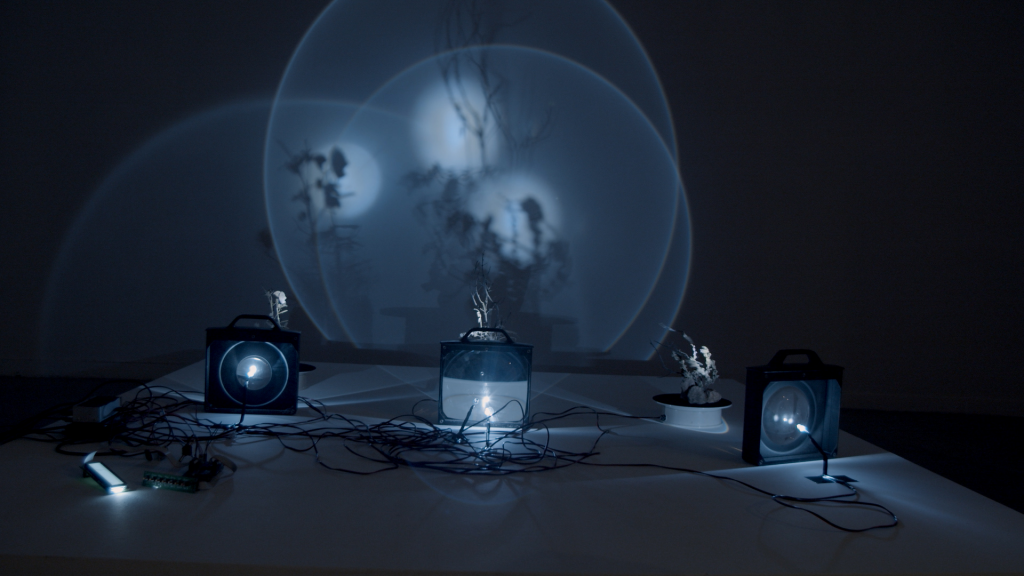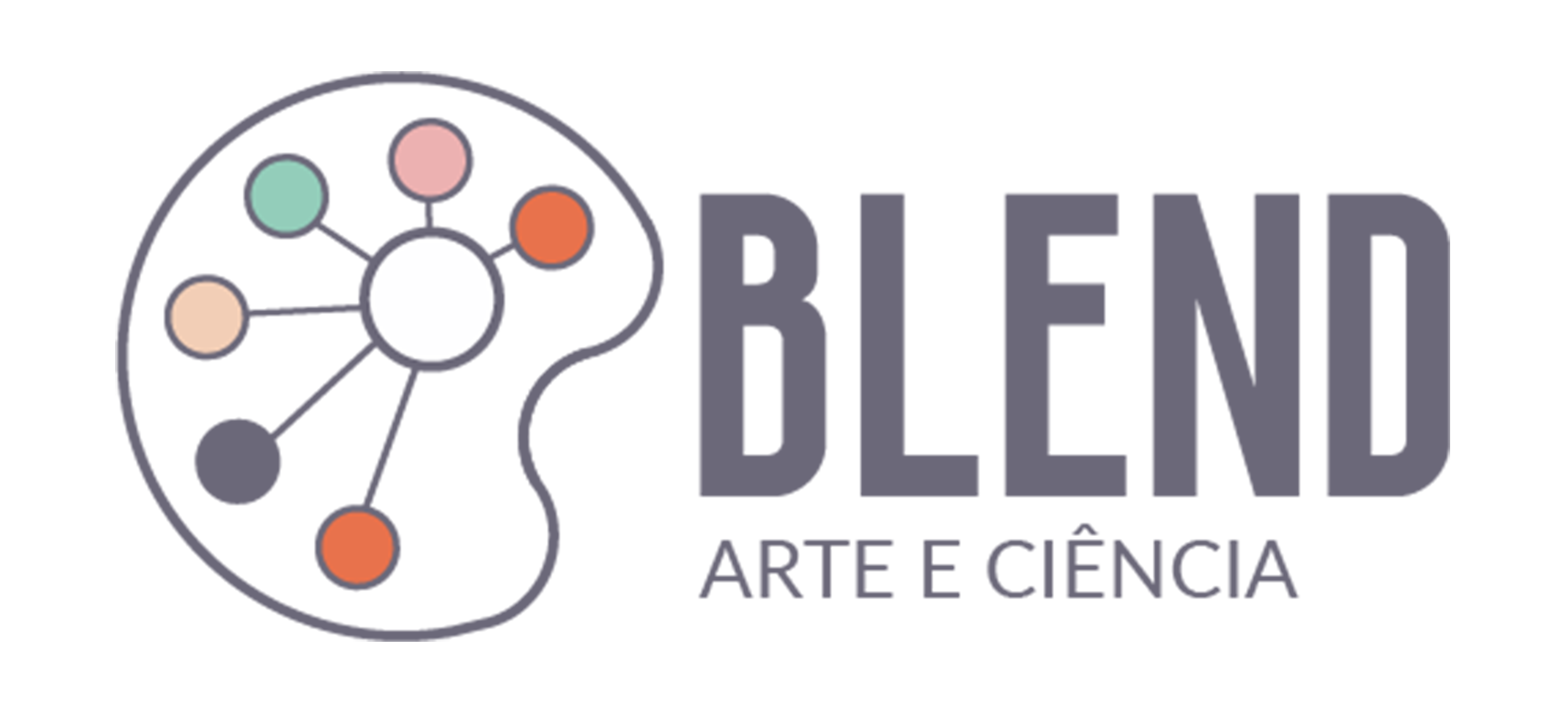Shade Shadows
António Caramelo

PT//
Em The Myth of the Machine, Lewis Mumford demonstra como é que os sistemas de poder centralizados utilizaram meios tecnológicos para a regimentação burocrática e militar das populações humanas, ao implementar protocolos organizacionais e de controlo social. Mumford diagnosticou a “compulsão tecnológica” – uma condição na qual “a sociedade se submete humildemente às exigências tecnológicas e as utiliza sem questionar os novos produtos”. O indivíduo torna-se assim “obsoleto” e psicologicamente dependente de uma variedade de dispositivos. Reduzido a um “acessório trivial da máquina”, transforma-se num elemento passivo, através da vigilância técnica e da recolha ilimitada de dados pelos dispositivos tecnológicos, que ignoram as necessidades e valores reais da vida humana, produzindo um mundo adequado apenas à subsistência das máquinas.
Em alternativa à inevitabilidade da tecnolatria, Mumford defende a hipótese de uma “revolução negativa” – resistência, recusa, interrupção – através da qual os indivíduos poderiam reivindicar a sua autonomia, desejos e escolhas, ou pelo menos, exercer o seu direito autónomo de recusa.
A obra “Shade Shadows” propõe pensar nesta relação entre a recusa e a interrupção, fazendo prevalecer o erro (o causado e não o ocasional), a imperfeição, o incontrolável e o orgânico para criar imagens básicas e simples, nunca negando a tecnolatria mas sim agindo, alterando e “colaborando” com o seu próprio interior, como forma de intervir e questionar a sua regência.
EN//
In The Myth of the Machine, Lewis Mumford has shown how centralized power systems used technical means to the bureaucratic regimentation and military of the human populations, to implement organizational and social control protocols. Mumford diagnosed the technological compulsion – a condition to which “the society humbly submits itself to a new technological demand and uses it without questioning each new product”. The individual becomes “obsolete” and psychologically dependent on a new variety of gadgets. He is, in this way, a “trivial accessory to the machine”, reduced to a passive through technical vigilance and unlimited data collection by technological gadgets, which are oblivious to the necessities and real values of human life, producing an adequate world where only machines subsist.
In alternative to the inevitability of technolatry, Mumford defends the hypothesis of a “negative revolution” – resistance, refusal, withdrawal – through which the individuals could vindicate their autonomy, desires and choices, or at least, hold their autonomous right of refusing. The work “Shade Shadows (2021)” proposes to think about this relationship between refusal and withdrawal as a possible strategy, allowing the error to prevail (caused error, not occasional), the imperfection, the uncontrollable and the organic to create basic and simple images, never denying the technolatry but acting, changing and collaborating in its own interior has an intervening formula and a way to questioning its regency.


BIO
PT//
António Caramelo vive e trabalha em Oeiras. Enquanto artista visual tem realizado, desde 1999, diversas exposições individuais e coletivas tanto em Portugal como no estrangeiro tais como THEM OR US! Um Projeto de Ficção Científica, Social e Política’, Galeria Municipal do Porto (2017); Touch me: It’s about time!, Galerija Klovićevi dvori, Zagreb (2014). Desenvolve projetos ligados à sound art, com diversos concertos e apresentações. Tem colaborado em diversos projetos audiovisuais para teatro e dança contemporânea. Licenciou-se em Escultura na FBAUL (1998), fez mestrado em Media Art, MECAD – Universidade de Ramon Llull, Barcelona (2007) e é doutorando na Universidade de Belas Artes de Lisboa. Foi docente na Universidade de Évora entre 2001 e 2015.
EN//
Antonio Caramelo lives and works in Oeiras. As a visual artist he has participated in several exhibitions both individually and collectively, in Portugal and abroad such as THEM OR US! a Science Fiction Project, “Social & Politics”, Oporto Municipal Gallery (2017); Touch Me: It’s about time!, Galerija Klovićevi dvori, Zagreb (2014). He has been collaborating with different audiovisual projects for theater and contemporary dance. He graduated in Sculpture at FBAUL (1998), did a masters in Media Art, MECAD – University of Ramon Llull, Barcelona (2007) and has a doctorate at FBAUL. He was a teacher at Évora University between 2001 and 2015.


